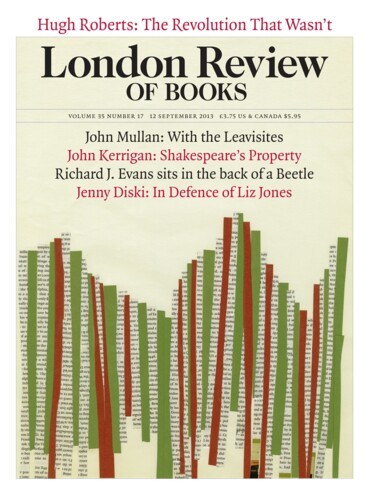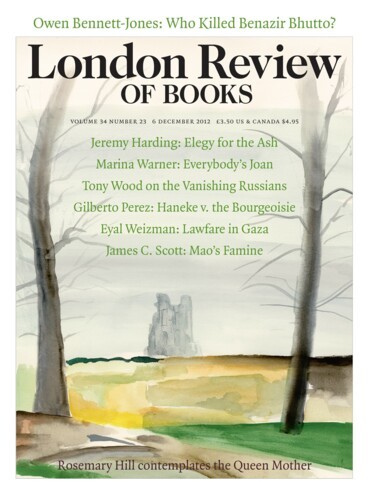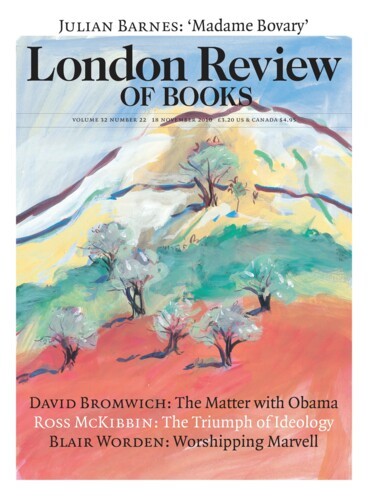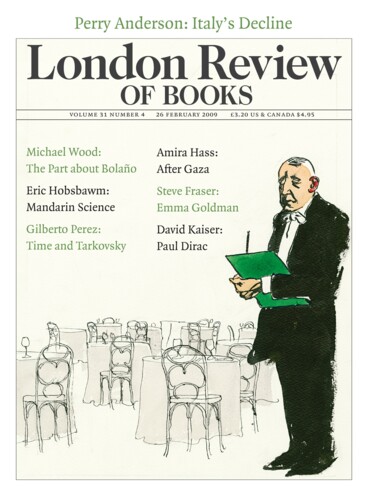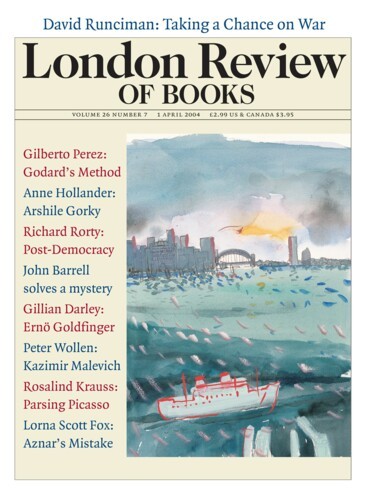How We Remember: Terrence Malick
Gilberto Perez, 12 September 2013
The family is moving out of town, and as the car drives away the mother looks back at the house they’re leaving behind. ‘The only way to be happy is to love,’ she says in voiceover. ‘Unless you love … your life will flash by.’ We cut to her point of view and, through the car’s rear window, see the pale green two-storey house receding down the quiet...
